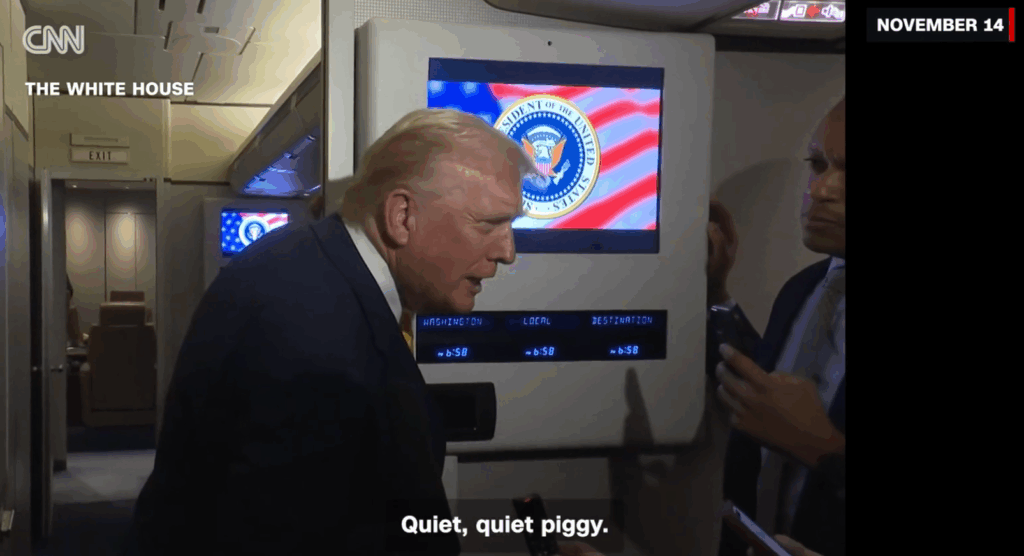 The typical length of a B2B video is getting shorter, but viewers are watching longer, according to a new report from Vidyard.
The typical length of a B2B video is getting shorter, but viewers are watching longer, according to a new report from Vidyard.
In 2018, the average length of published videos was 4.07 minutes, 33 percent shorter than 2017’s 6.07 minutes, according to the third annual Video in Business Benchmark Report. That itself was a drastic drop from just one year earlier, when the average length was 13.14 minutes.
Fifty-two percent of viewers watched videos all the way through last year, compared to 46 percent in 2017. Not surprisingly, videos under a minute long have the highest completion rate, with 68 percent of viewers watching to the end. But, videos between 2-4 minutes had a higher completion rate than videos that are between 1-2 minutes in length.
The middle of the week was prime viewing time for B2B video, with Thursday logging the most views (22 percent). Close behind were Wednesdays (18 percent) and Tuesdays (17 percent), with Monday and Friday tied at 15 percent. Viewership definitely lags on the weekend, with Saturday and Sunday attracting only seven and six percent of viewers respectively. Regardless of the day, morning or early afternoon was the peak watching time every day, with 12 to 2 pm EST and 9 to 11 am PST being the sweet spots.
Despite the rise in popularity of mobile devices, 87 percent of B2B video watching is still happening on desktop. Thirteen percent of business video views were on mobile, a small increase over 11 percent in 2017.
You May Also Enjoy:
- How to Captivate Customers By Using Video in Digital Ads
- Increasing B2B Screen Time With Video
- 5 Brands That Prove B2B Isn’t Boring
Company size wasn’t necessarily indicative of B2B video production volume, according to the report. Companies with 31-200 employees produced an average of 510 new clips in 2018, second only to enterprises with more than 5,000 employees, which put out an average of 538 videos annually.
Fifty-two percent of small and medium-sized companies reported using both internal and external video production resources, up from 37 percent in 2017. There was also a significant rise in the number of companies using analytics to track the success of their video marketing, 85 percent in 2018 versus only 19 percent the prior year. Enterprise organizations rely more on internal resources to create video content: 38 percent are handling production in-house, while another 38 percent are using a mix of internal resources, agencies, contract employees and freelancers.
The report from Vidyard was based on first-party data from more than 324,000 videos published between Jan. 1 and Dec. 31, 2018, as well as anonymized aggregate viewership and engagement data from all video streams during that period.



